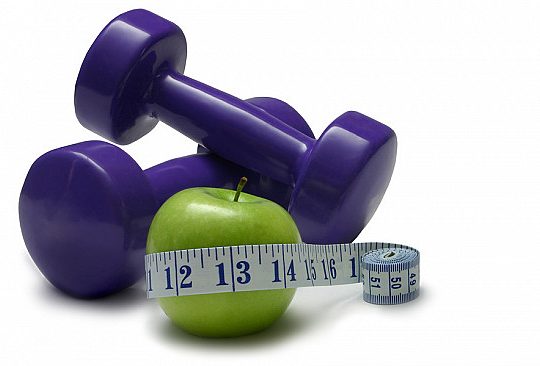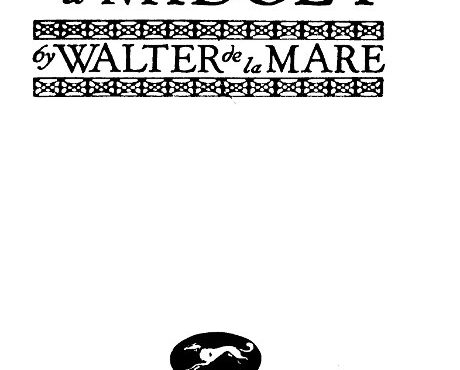
These packaging materials are sustainable and BPA-free – My True Fat Burning Furnace Story
Packaging keeps the world organized, and packaging today responds to customer demands and convenience. With the growing awareness of environmental impacts, people around the world are becoming more aware of the issues related to the packaging industry and are demanding sustainable alternatives. Furthermore, especially regarding food packaging, people are very conscious about what material is used to package their food. However, in the recent past, small metal containers, glass jars and bottles, aluminum cans, etc., have gained tremendous popularity in the packaging industry for their sustainable and BPA-free material properties.
The food and cosmetic industries have gotten a lot of negative attention in recent years as people learnt about the adverse health issues related to BPA, which is found in most of their packaging materials. Traces of BPA can be found in many commonly used packaging materials. Research has shown that BPA can seep into products from containers and may affect the product, which, in return, has health-related risks for the consumers upon the consumption of such products. This health-related risk makes people worry. There is a worldwide surge in demand for alternative packaging solutions and BPA-free products.
Bisphenol A, or as most of us have likely heard BPA, is an industrial chemical that has been used to make plastics for decades. It is most commonly used in the production of solid and transparent plastic. BPA is also commonly found in polycarbonate plastics and epoxy resins. The presence of chemical agent BPA makes the plastic extremely durable. Polycarbonate plastics are often used to make cheap plastic containers and bottles because of their durability and high transparency. Packaged food and beverages that are stored in plastic jars, bottles, and containers are likely to contain BPA. These plastics are also used for packaging other consumer goods such as cosmetic goods.
BPA is mainly used for its positive features: high durability, high level of transparency, and long life; it is also cheap to produce. The qualities, when combined, make it a desirable choice for industries to use it as a packaging material. Unfortunately, BPA is highly toxic. Although there is a difference of opinion, some experts agree that you are at high risk and may suffer from serious health effects, including increased blood pressure, diabetes, cardiovascular disease, and cancer, if you consume BPA directly or indirectly from a product that contains BPA at high levels. The FDA (USA) has imposed a ban on BPA in infant bottles and sippy cups; it has even prohibited the use of BPA coatings in infant formula packaging.
Due to the reasons mentioned above, it is no surprise why more and more people are scarping packaging materials that contain BPA and are looking for alternative packaging solutions which are BPA free. Below are some of the packaging materials that are commonly used in the industry. They are BPA-free and thus safe for use with a wide variety of products, including food products.
Aluminum
Aluminum is a naturally occurring metal, in fact, the most commonly metal to be found on the earth’s surface, which does not require any chemical coating and is completely free from BPA. It is also resistant to organic acids and does not react with any kind of food or drink stored in it – making it a popular packaging material for storing consumable products. This helps in maintaining the quality of the product. It is also resistant to rust and corrosion. Aluminum packaging is 100% food safe and free from any kind of toxic chemicals. This type of packaging is often seen in small metal containers that protect solid food and in tin containers that store beverages. When you purchase goods that are stored in an aluminum container, you are assured that you are opting for a safe and healthy option.
Glass
Glass is also a natural material that is found on the surface of the earth. It is also most commonly used in the food and cosmetics industry as a packaging material. This type of packaging is especially famous in the form of glass bottles and glass jars. Glass bottles are used to store beverages and gives the product a stylish and elegant design. Unlike plastic, it is heavy but BPA free, providing a safe and healthy option for storing consumable goods. Glass jars are also commonly used to store cosmetic products. They also act as a highly effective barrier to outside moisture and air, which poses a significant threat to the quality of the stored product. Using products that come packaged in glass, you can be sure that your product is 100% BPA-free and safe to use.
Conclusion
Although with the advancement of technology, some plastics are BPA free. However, it can be challenging for consumers to determine which plastic is BPA-free. Therefore, it is always advised to shop for products that are free from plastic packaging. If you shop for products packaged with aluminum and glass, you can have peace of mind because you can be sure that you are avoiding BPA and opting for a safer option. Furthermore, the latter mentioned packaging options are sustainable, which can significantly help reduce the total carbon footprint of the packaging industry.




